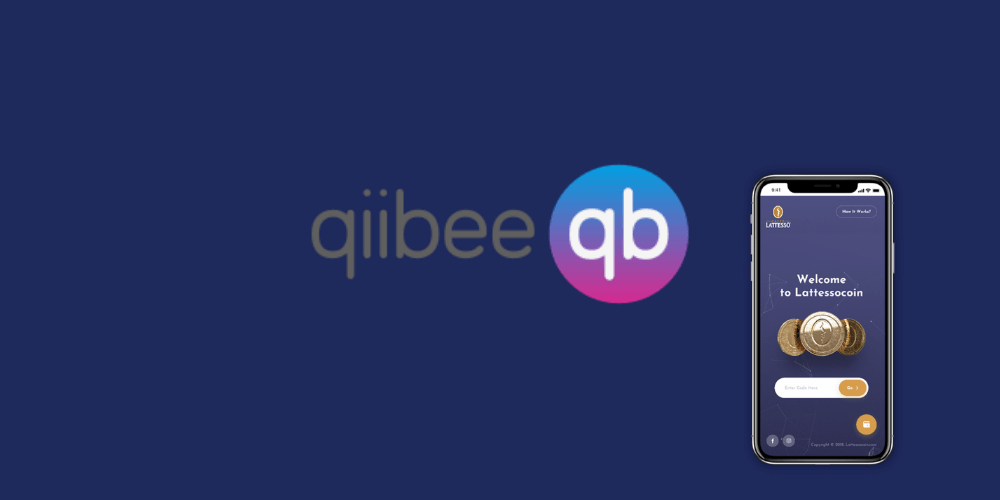
Blockchain is the perfect technology to connect the loyalty program industry as it delivers more options and value to customers.
That’s according to the CEO and co-founder of Qiibee, a Swiss-based loyalty token protocol that helps brands run their loyalty programs on the blockchain.
Speaking in an interview with Coinjournal, Gabriele Giancola spoke about how the technology will transform the loyalty sector, and how brands can better retain their customers with it.
“We believe the more options you give your customers, the more they will be engaged and the more excited they will be with the brands loyalty product,” he said. “At the end of the day, it’s all about the value that you give them.”
His comments come at a time when the State of Customer Loyalty in 2018 survey found that over 50 per cent of loyal customers said that they would join a loyalty program. Not only that, but more than 90 per cent of consumers consider themselves equally or more brand loyal compared to a year ago.
Yet, while customer loyalty is more important than ever, the expectations from consumers is growing. As a result, brands need to find new ways to give them value and keep them engaged.
Giancola believes this can be achieved through the blockchain. Founded in 2015 by brothers Gabriele Giancola and Gianluca Giancola, Qiibee’s Ethereum blockchain plug-and-play solution supports companies, giving them the platform to create their own loyalty programs on Qiibee’s protocol. All of which are backed by the platform’s own loyalty token, QBX.
Some of the brands behind Qiibee include Caffe Lattesso, the second largest coffee producer in Switzerland and Sausalitos, a cocktail bar and restaurant chain in Germany.
The main idea with Qiibee is that when a person shops with a brand they like, they are then rewarded with the branded token, while interaction is constant. If a person has branded tokens with one company, but requires tokens of another that they don’t have, they can use the Qiibee platform as an exchange to get the tokens they need from someone who requires the tokens they have. Not only that, but by having all the tokens on the same database this makes it easy for exchanges to take place rather than on 10, 20 or 30 different ones.
At the moment, for brands loyalty can be a tricky arena. According to 2017 figures from Bond Brand Loyalty, an estimated $100 million in points were left unredeemed by members. This presents both risk and opportunity for loyalty operators. On the one hand, redeeming a small amount would deliver better experiences for members, while on the other it highlights the need for loyalty operators to deliver cost-effective redemption offers.
“If you can’t deliver in value it doesn’t matter what points you are giving them if they can’t use them,” said Giancola. “Giving the points is the easy part, but then giving them value out of those is the difficult part, and this is where most loyalty products are struggling.”
According to Giancola, everyone involved in loyalty programs believes that it makes sense to have them connected as it gives users more options. Instead of building new applications where users have to download more apps to be part of something, why not see what’s already available and connect them, he said.
“This is the perfect technology and it’s an organic move for the loyalty program because when a customer does something they get rewarded for it,” he added. “You give those points back and I give you a product. It makes a lot of sense taking the whole loyalty market on to the blockchain.”

